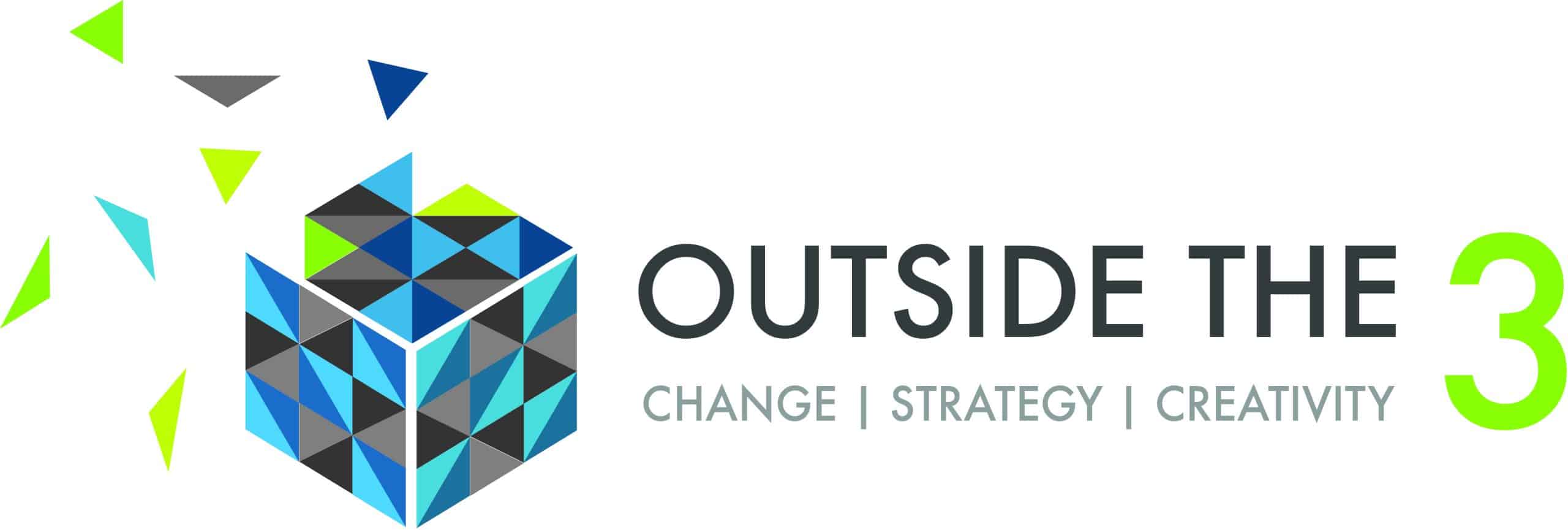[vc_row][vc_column border_color=”” visibility=”” width=”2/3″][vc_column_text disable_pattern=”true” align=”left” margin_bottom=”0″]When it comes to Change Management, there are countless frameworks and methodologies to research, learn from and use. Kotter’s 8 step approach, Lewin’s Unfreeze, Change, Freeze model, Change Management Institute’s CMBOK, Prosci’s ADKAR Model… all highly valuable enablers and world recognised toolkits when leading and implementing change.
Our approach to change continually learns and applies the principles from all of them. Change is about people. Change is about enabling. Change is about collaboration. In it’s simplest terms, change is about taking people through three stages:
- Awareness
- Acceptance
- Adoption
Each of these three areas can have multiple enablers and tasks under them. We use these phases in our consultative approach to change and include the right people at the right time. We believe control should always be a two way street so we ensure all opinions contribute and provide value with strategy and direction. Insights into business requirements and future state are drawn from multiple stakeholders to build a robust story and purpose behind the change.[/vc_column_text][/vc_column][vc_column width=”1/3″ css=”.vc_custom_1452573624536{background-color: #eaeaea !important;}”][mk_skill_meter_chart percent_1=”15″ color_1=”#e74c3c” name_1=”Awareness” percent_2=”40″ color_2=”#edaa36″ name_2=”Acceptance” percent_3=”45″ color_3=”#81d742″ name_3=”Adoption” percent_4=”0″ color_4=”#008b83″ percent_5=”0″ color_5=”#d96b52″ percent_6=”0″ color_6=”#82bf56″ percent_7=”0″ color_7=”#4ecdc4″ default_text=”Change” center_color=”#1e3641″ default_text_color=”#ffffff” animation=”scale-up”][vc_column_text disable_pattern=”true” align=”left” margin_bottom=”0″]
How would you you divide the allocation of time and resources for these three phases in your project? Let us know in the comments!
[/vc_column_text][/vc_column][/vc_row][vc_row fullwidth=”false” attached=”false” padding=”0″ visibility=”” animation=””][vc_column border_color=”” visibility=”” width=”1/3″][mk_icon_box icon=”mk-moon-bubbles-5″ title=”Create Awareness” text_size=”20″ font_weight=”inherit” style=”simple_minimal” icon_size=”medium” rounded_circle=”false” icon_location=”left” circled=”false” icon_color=”#125179″ icon_circle_color=”#125179″ box_blur=”false” margin=”30″]For people to come on board with change they need to know the story and purpose behind it. Very early in the planning process, it’s important to understand the business case for change. It shouldn’t just be a “because management said so” style message.
It should plant the seed for those that will be impacted and do so in a positive way. Consider this a marketing and sales campaign in getting the message out there. Early on, it’s important to set the precedent for collaboration also, so ask for feedback, ideas, volunteers and assistance.
Plan out the framework for the best channels of communication and collaboration and devise top level strategies for executing them. Identify key stakeholders and possible impacts. Wherever possible, make the focus on people rather than artefacts.[/mk_icon_box][/vc_column][vc_column border_color=”” visibility=”” width=”1/3″][mk_icon_box icon=”mk-moon-bubble-heart” title=”Build Acceptance” text_size=”20″ font_weight=”inherit” style=”simple_minimal” icon_size=”medium” rounded_circle=”false” icon_location=”left” circled=”false” icon_color=”#125179″ icon_circle_color=”#125179″ box_blur=”false” margin=”30″]The key conversations with impacted stakeholders during this phase is establishing the “What’s in it for me?” stories. Understand their day-to-day pressures, drivers and key performance indicators. By doing so, you can tailor the enablers for change around what they need.
If you’re able to demonstrate prototypes or examples of the upcoming change, get them involved in the testing and understanding. Prove that you value the feedback. If the feedback or expectations are unrealistic then provide the reasons and the proof about why.
Establish trust and be transparent. Continue to re-iterate the key purpose and reasons behind the change. Build the community around supporting that purpose and praise those early adopters and supporters. One of the key enablers in this phase can be the commencement of training and testing. Honest feedback should be encouraged and then looped back to the team for adoption into continuous improvements.
[/mk_icon_box][/vc_column][vc_column border_color=”” visibility=”” width=”1/3″][mk_icon_box icon=”mk-moon-stats-up” title=”Foster Adoption” text_size=”20″ font_weight=”inherit” style=”simple_minimal” icon_size=”medium” rounded_circle=”false” icon_location=”left” circled=”false” icon_color=”#125179″ icon_circle_color=”#125179″ box_blur=”false” margin=”30″]A change can only really be considered successful if it sticks and remains sustainable. A lot of work has to take place throughout this phase to do so. It should be designed by enabling impacted stakeholders, letting them know you have their back.
Implementing a new system, here’s just a few of the enablers you might consider:
- High quality training before and after Go Live
- Easily accessible training materials and classes in multiple forms
- Visible and customer-centric support
- Positive change champions network
- Inclusive community of practice
- Social media groups
- Improvements suggestions and prioritisation
- Good news stories and examples of best practice
If something breaks or fails, use this as a cause for celebration. Show the lessons learned and the steps being taken to improve the next iteration.[/mk_icon_box][/vc_column][/vc_row]

